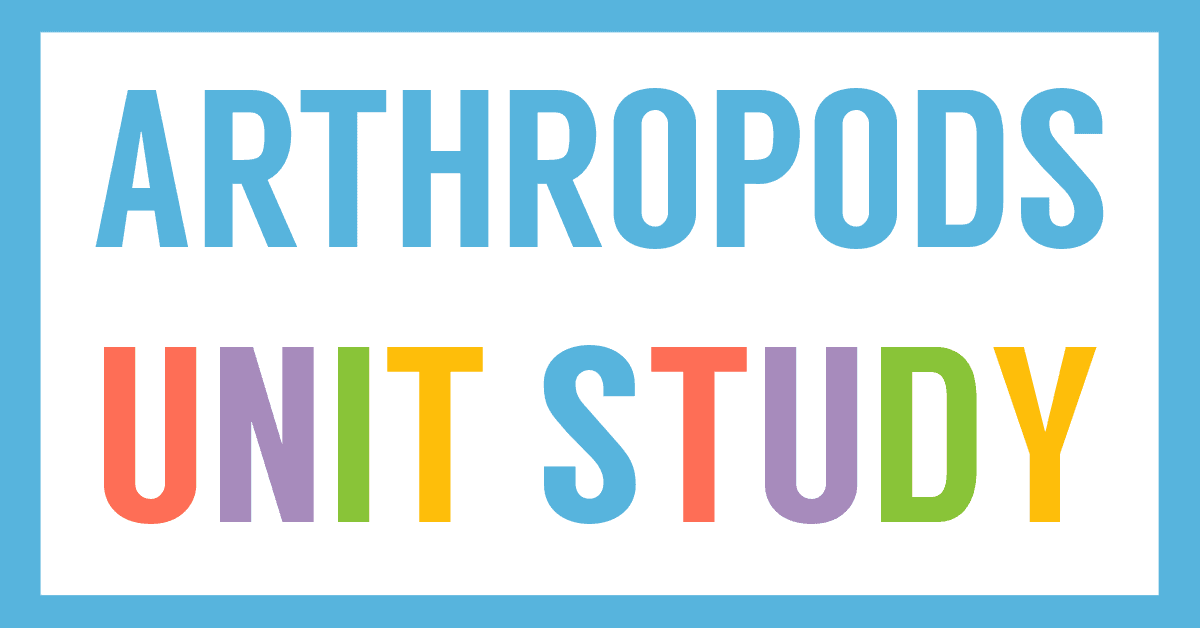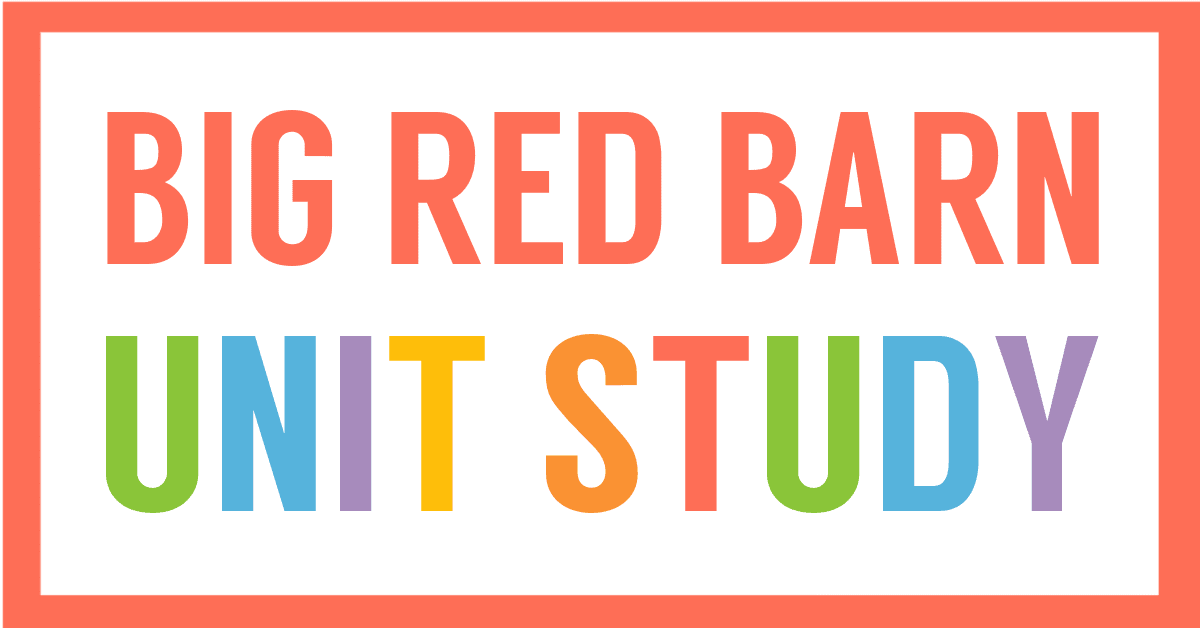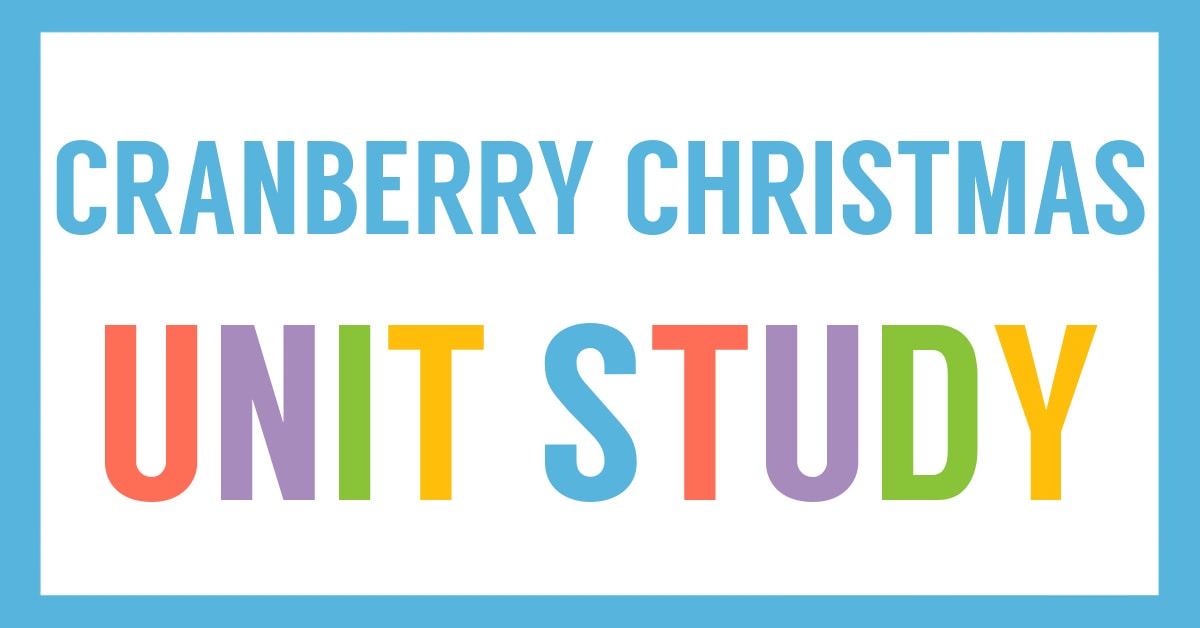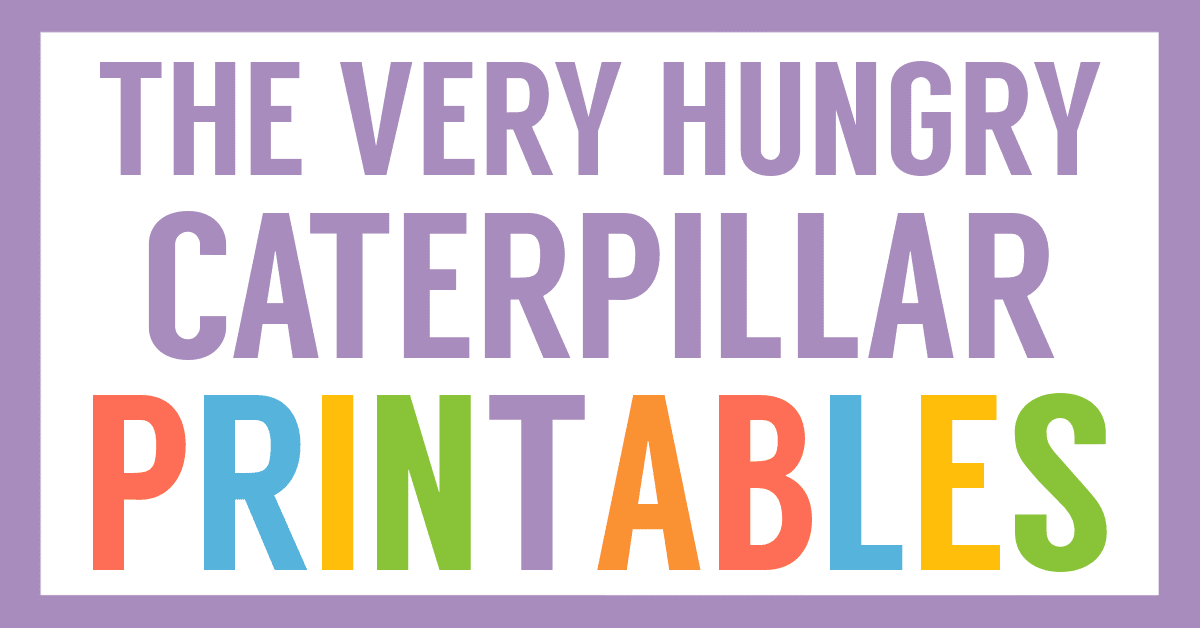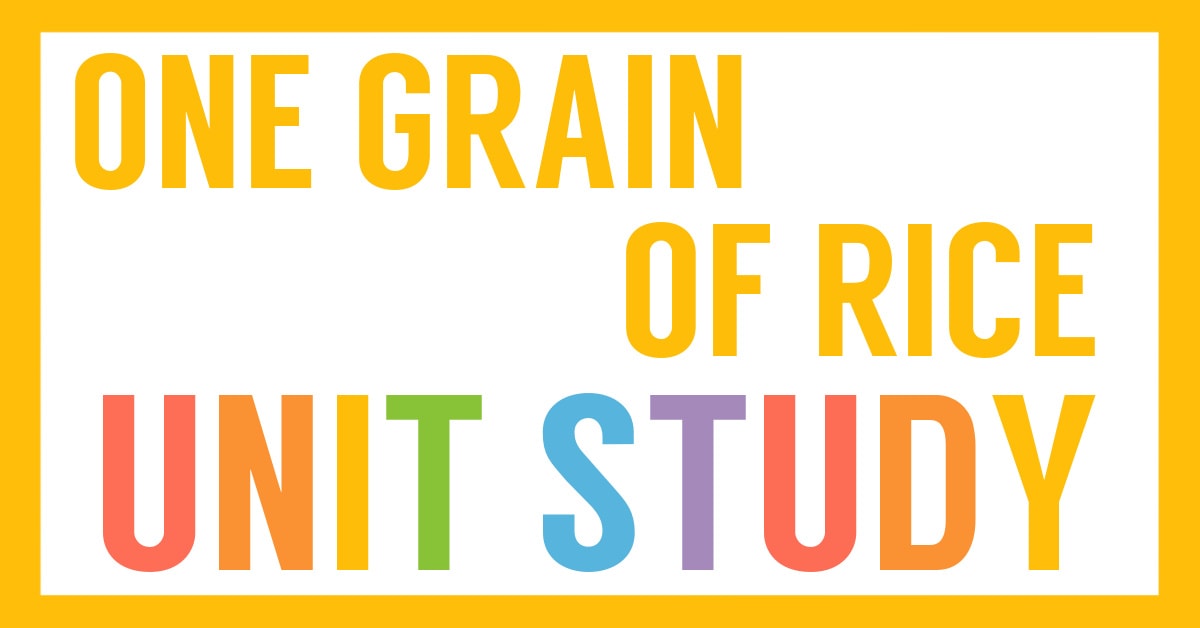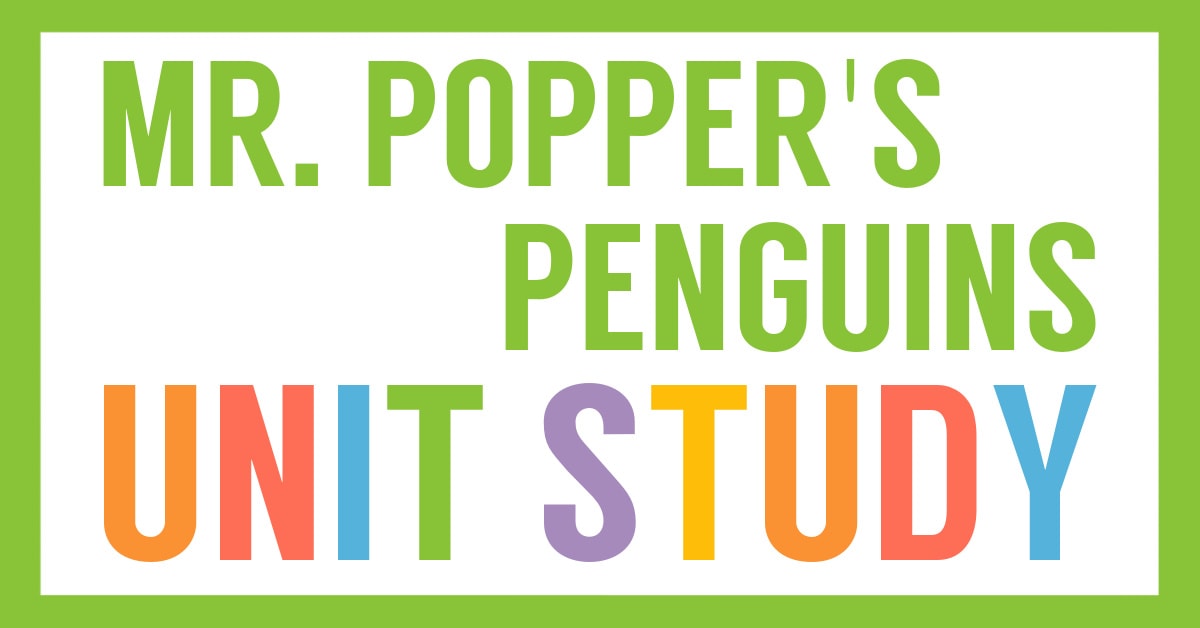Affiliate Disclaimer
We sometimes use affiliate links in our content. This won’t cost you anything, but it helps us to keep the site running. Thanks for your support.
Chocolate? Did someone say chocolate? Yes! You can study chocolate. Just grab some books and our free Chocolate Unit Study and have a delicious learning adventure with your students.
Thanks to Jen Unsell for writing the lessons for this chocolate unit study.
Chocolate Unit Study Lessons
Here are some sample lessons from the Chocolate Unit Study:
Geography: Where Does Cocoa Grow?
Using a map, let your student label the seven continents then choose a way to designate the cacao producers of the world (color with a brown crayon, add chocolate stickers, etc.). Most of the world’s cocoa bean production comes from Africa (Ghana, Nigeria, Ivory Coast, etc.). The “cacao belt” also produces lots of cacao and includes Brazil, Venezuela, Mexico, Nicaragua, Guatemala, Colombia, the Caribbean islands, Jamaica, Malaysia, Indonesia, and Sri Lanka. Just as the geography is different, so are the beans grown in all these various countries.We have prepared some fun pages for your student to complete using chocolate; this is the yummiest math you’ll ever do! You will need some M&Ms and a Hershey Bar to complete all the lessons; however, there are some lessons that don’t require eating chocolate!
Design Your Own Chocolate Bar
After you decide your secret recipe, name your concoction, and draw your label, you may want to add in some extra math lessons with this. On the sheet your student is asked to decide how much he will sell each bar for. Once he decides, you can invent a few story problems. If he is going to sell each bar for $1, and it costs him .50 to produce a bar, how much profit does he make on each bar? How much profit would he make if he sold 100 bars? 150 bars? 200 bars?
Science: The Cacao Tree
Ask your student to imagine what a plant that grows chocolate looks like.
Would the plant be a flower? Look like a tree? A bush?
Would it grow under the ground (like a potato or a carrot)?
Which part of the plant would the chocolate come from?
What does the chocolate look like as it grows on the plant?
Would they be able to grow this plant in their backyard?
After your discussion, let your student draw what he thinks the plant looks like. Then show your student a picture of a Cacao Tree. Compare his drawing to the real plant.
Cacao is a small evergreen tree native to tropical Mexico, but now cultivated throughout the tropics. Its seeds are used to make cocoa and chocolate. The bush grows naturally in tropical regions such as in the low foothills of the Andes in the Amazon and Orinoco river basins. It requires a humid climate with regular rainfall and good soil. It is an understory tree, growing best with some overhead shade.
Fascinating Cacao Facts
- The seed pods of the cacao tree grow not on the end of its branches, but directly off the branches and the trunk.
- Each pod is about the size of a pineapple and holds thirty to fifty seeds–enough to make about seven milk chocolate or two dark chocolate bars.
- Cacao flowers are pollinated by midges, tiny flies that live in the rotting leaves and other debris that fall to the forest floor at the base of the tree. Those midges have the fastest wing beats in the world: 1,000 times per second!
- Cacao seeds are not sweet. They contain the chemicals caffeine and theobromine, which give them a bitter taste. 5 Africa is now the source of more than half the world’s cacao, while Mexico today provides only 1.5 percent.
You can grab a copy of the entire Chocolate Unit Study and Lapbook in an easy-to-print file at the end of this post.
Chocolate Printables
In addition to the unit study lessons, the file also includes these printables for your study of chocolate:
- Candy Math Book
- Chocolate Bar Fractions Mini-book
- Favorite Chocolate Graph
- Cacao Tree Connections Cards (great for a introduction to ecology!)
- Cacao Facts Accordion Book
- Chocolate Words Word Find
- How Chocolate Is Made Sequencing Cards
- M&M Graph
- Create Your Own Chocolate Bar Activity
- Chocolate Adjectives Activity Page
- Chocolate Math Activity Pages
- Chocolate Nutrition Activity Page
Chocolate Book List
You can grab whatever chocolate related books you find at the library to enhance this Chocolate Unit Study. Here are some of our favorites:
- Chocolate Fever by Robert Kimmel Smith
- Charlie and the Chocolate Factory by Roald Dahl
- The Chocolate Touch by Patrick Skene Catling
- The M&M’s Brand Counting Book by Barbara McGrath
- Curious George Goes to a Chocolate Factory by H. A. Rey
- No Monkeys, No Chocolate by Melissa Stewart
- Milton Hershey: Young Chocolatier by M. M. Eboch
How to Get Started with Your Chocolate Unit Study & Printables
Follow these simple instructions to get started with the Chocolate Unit Study:
- Gather chocolate related books (see our book list above).
- Print the chocolate unit study.
- This unit study includes a variety of lessons for different ages and abilities. Choose the lessons you want to use with your student (a highlighter works great for this).
- Choose and prepare the printables you want to use with your student.
- Enjoy a week of learning all about chocolate.
Get Your Free Chocolate Unit Study & Printables
Simply click on the image below to access your free Chocolate Unit Study.


